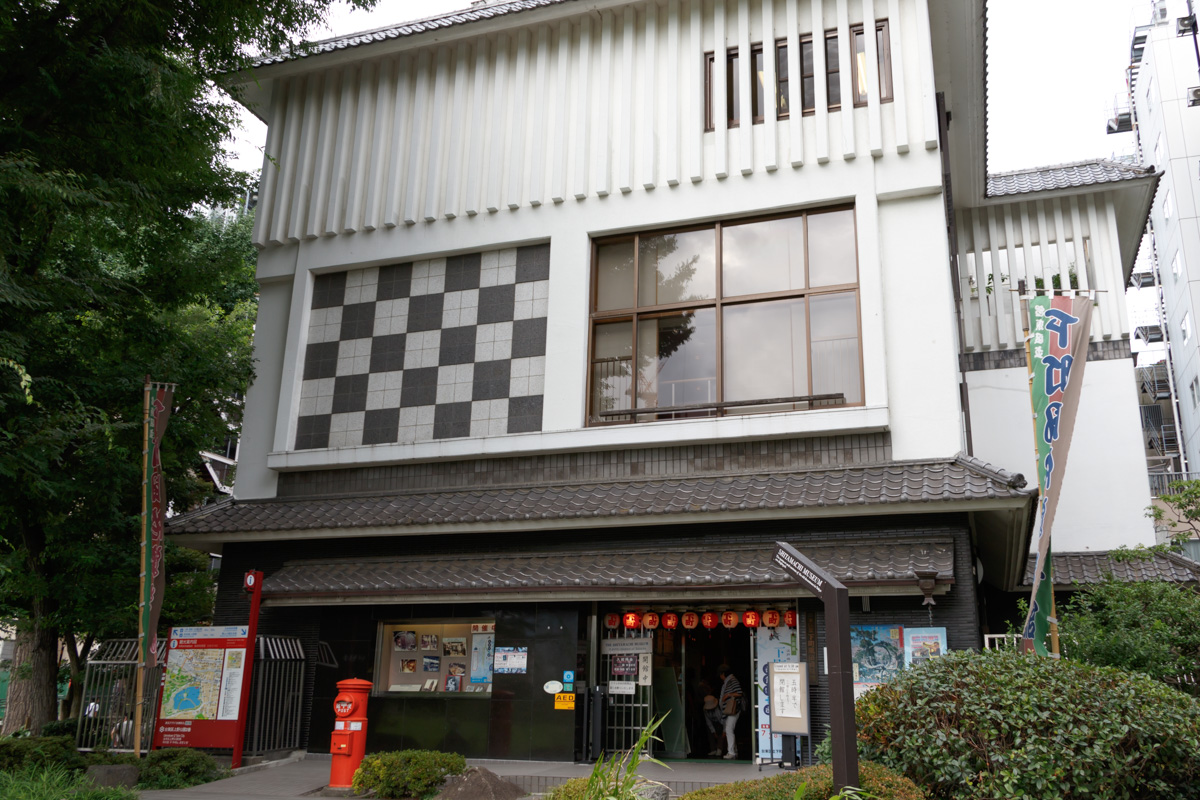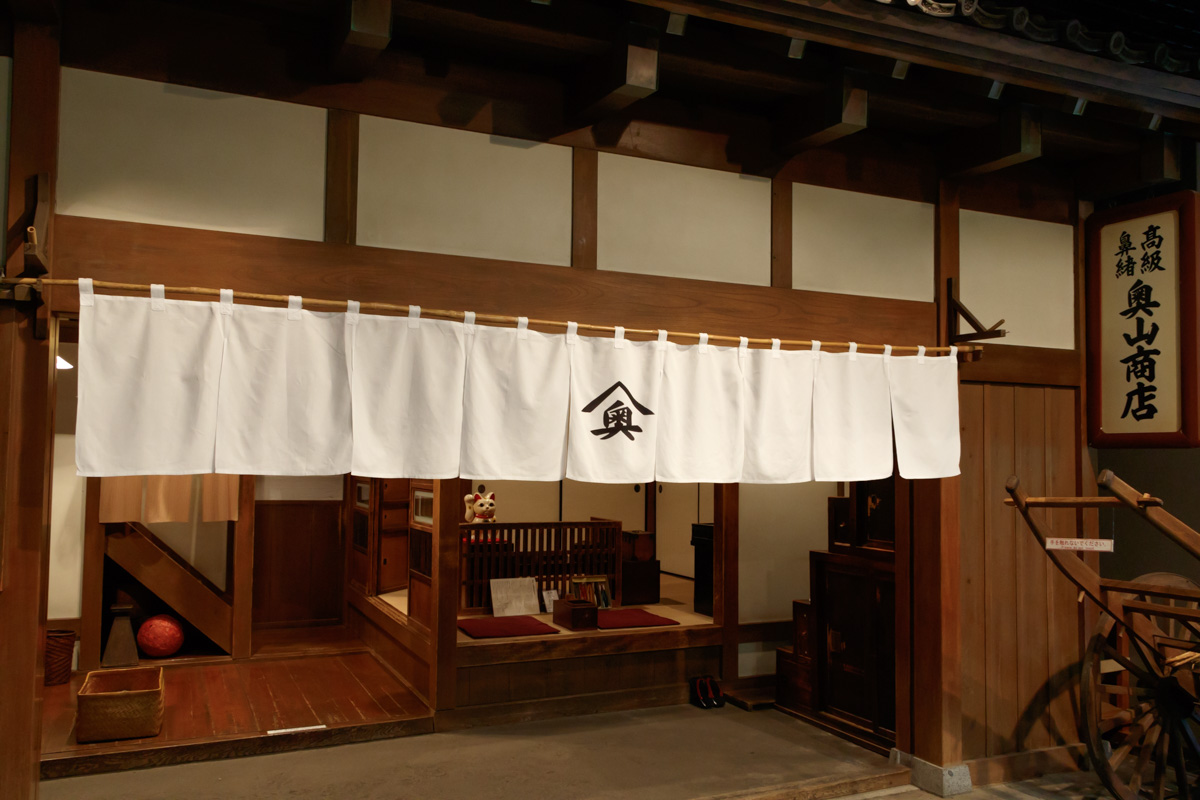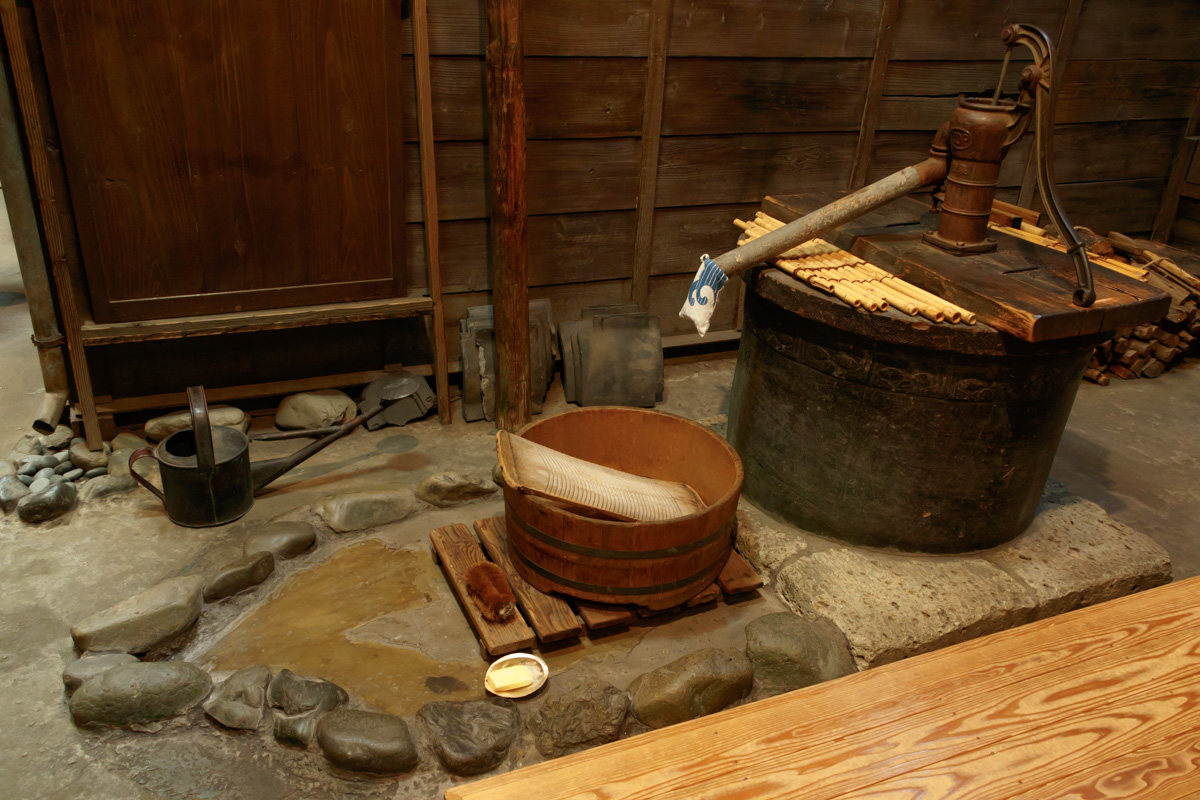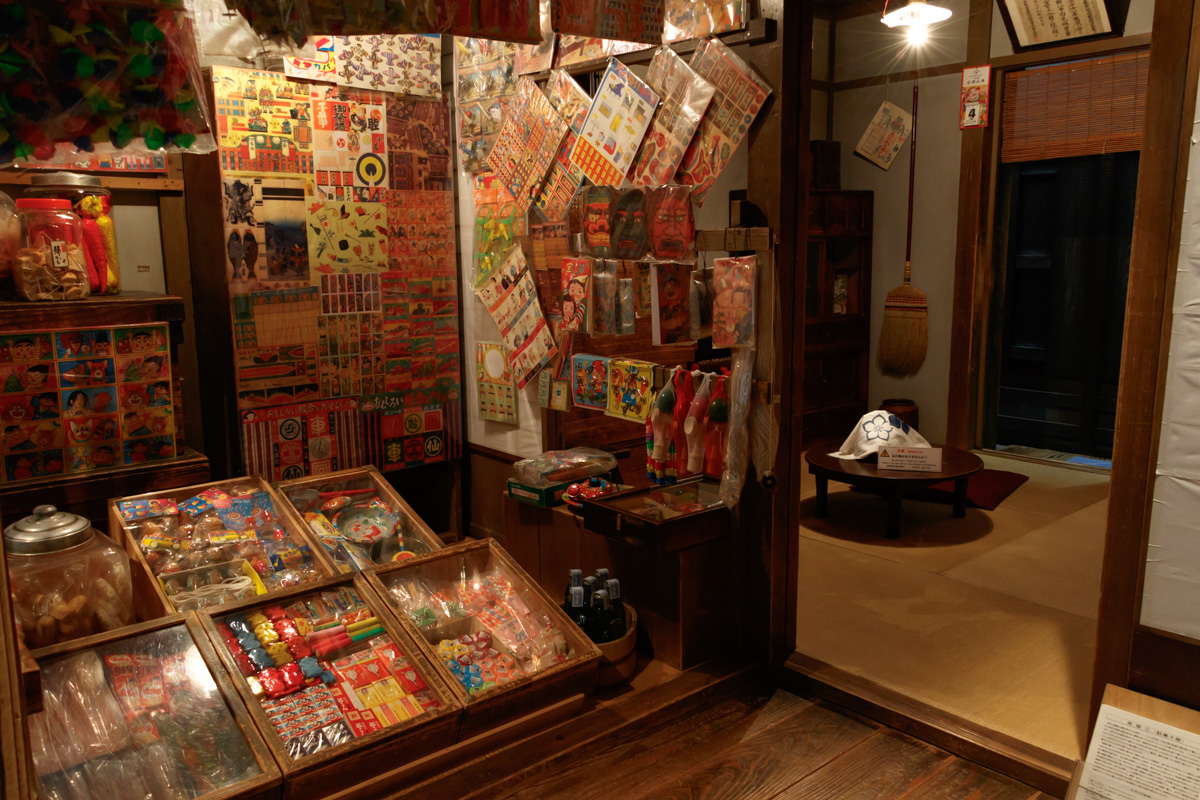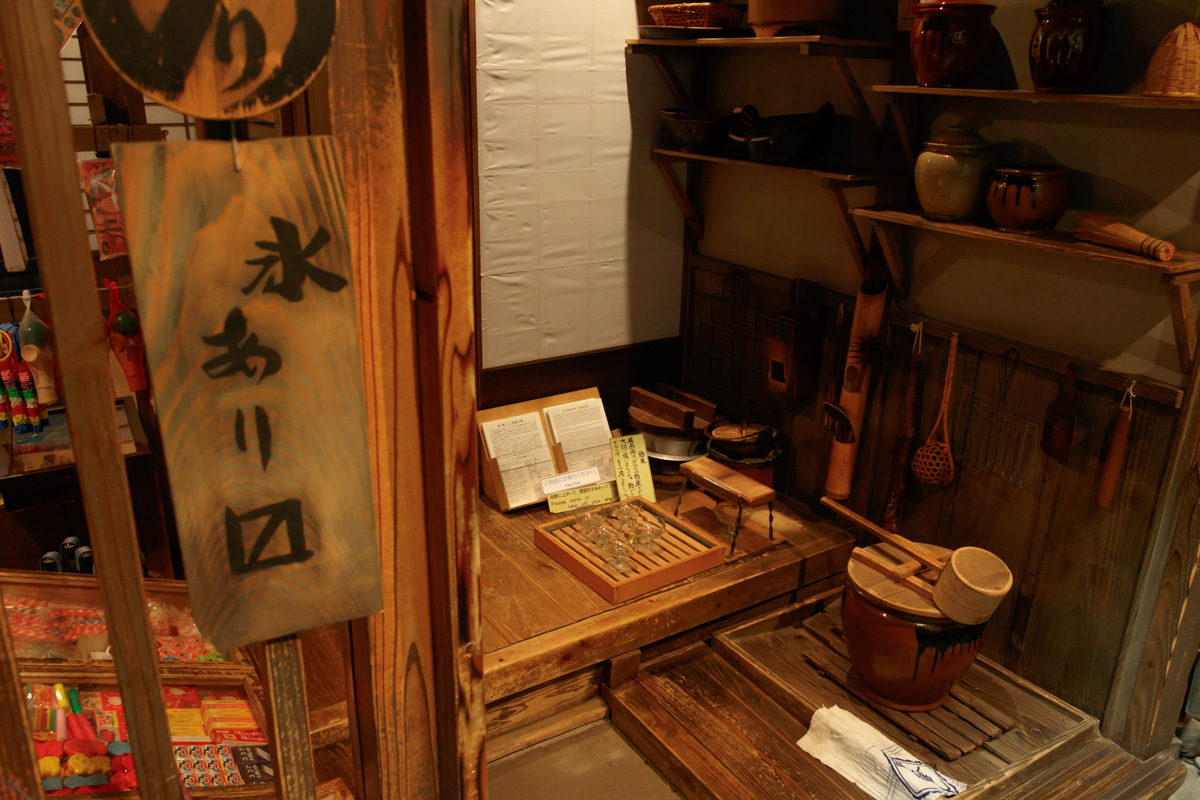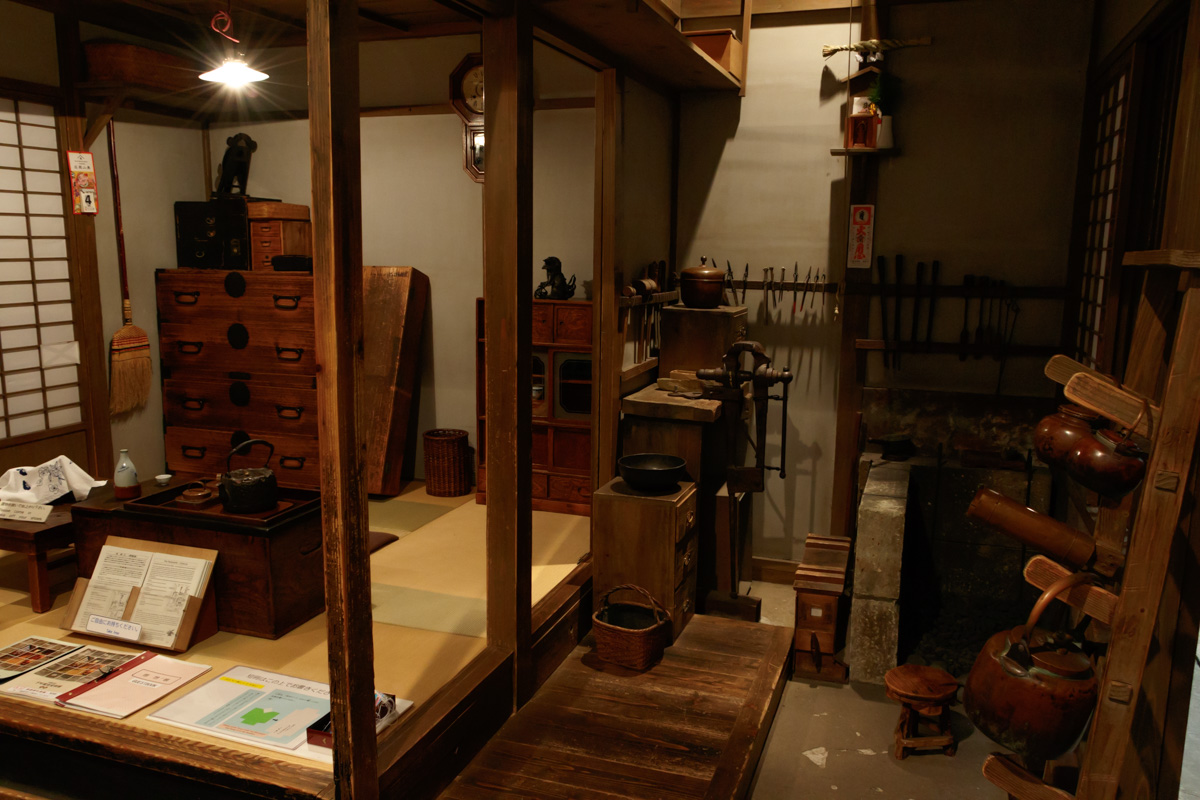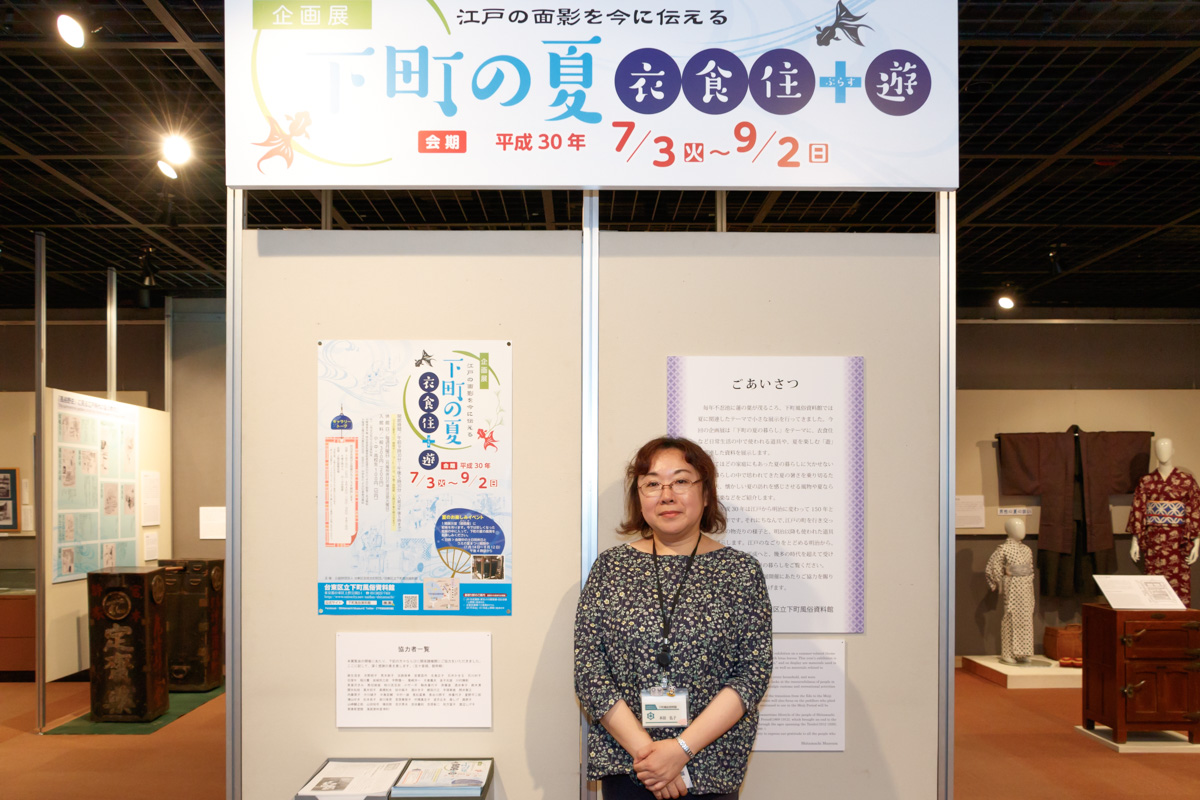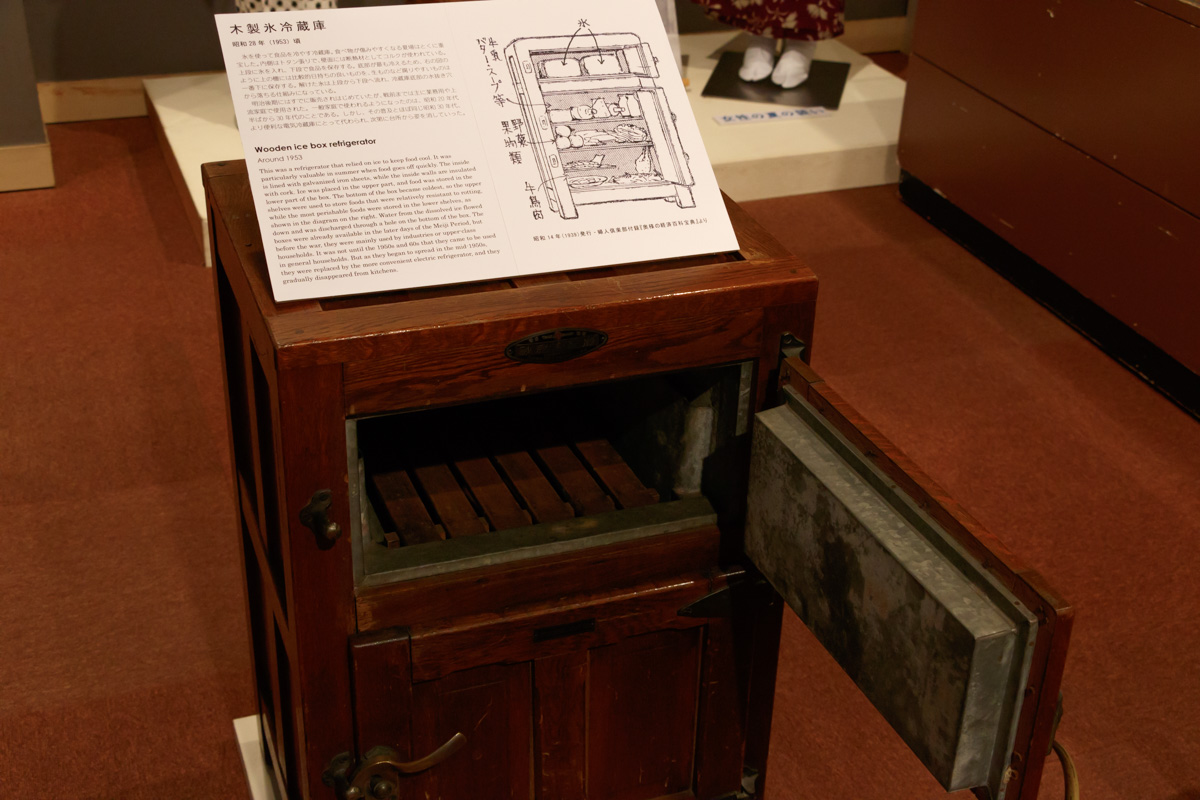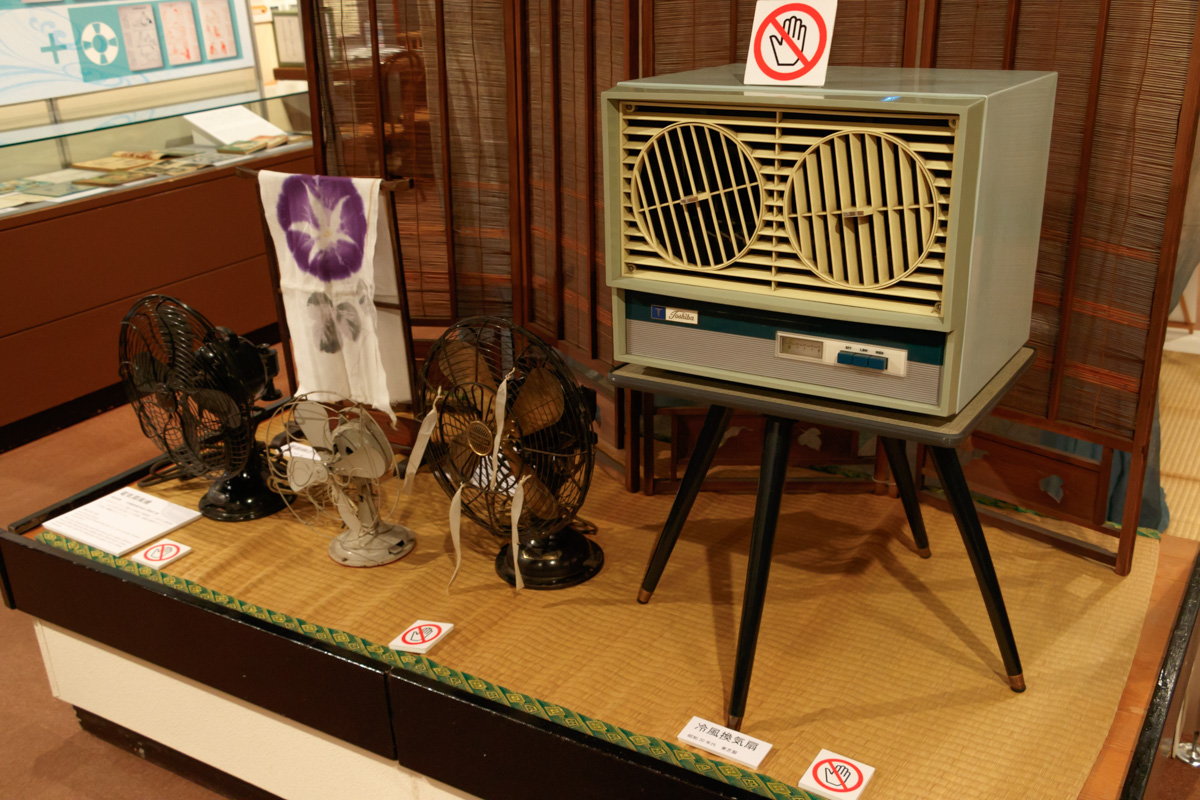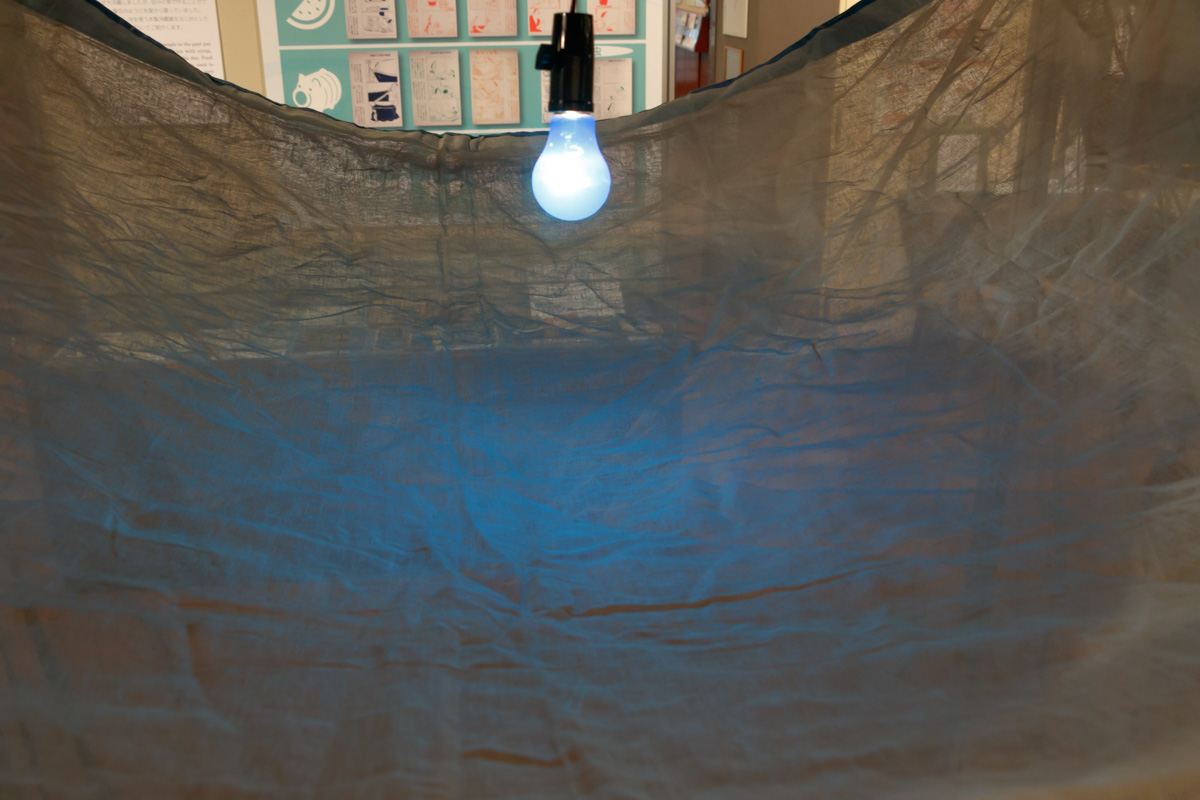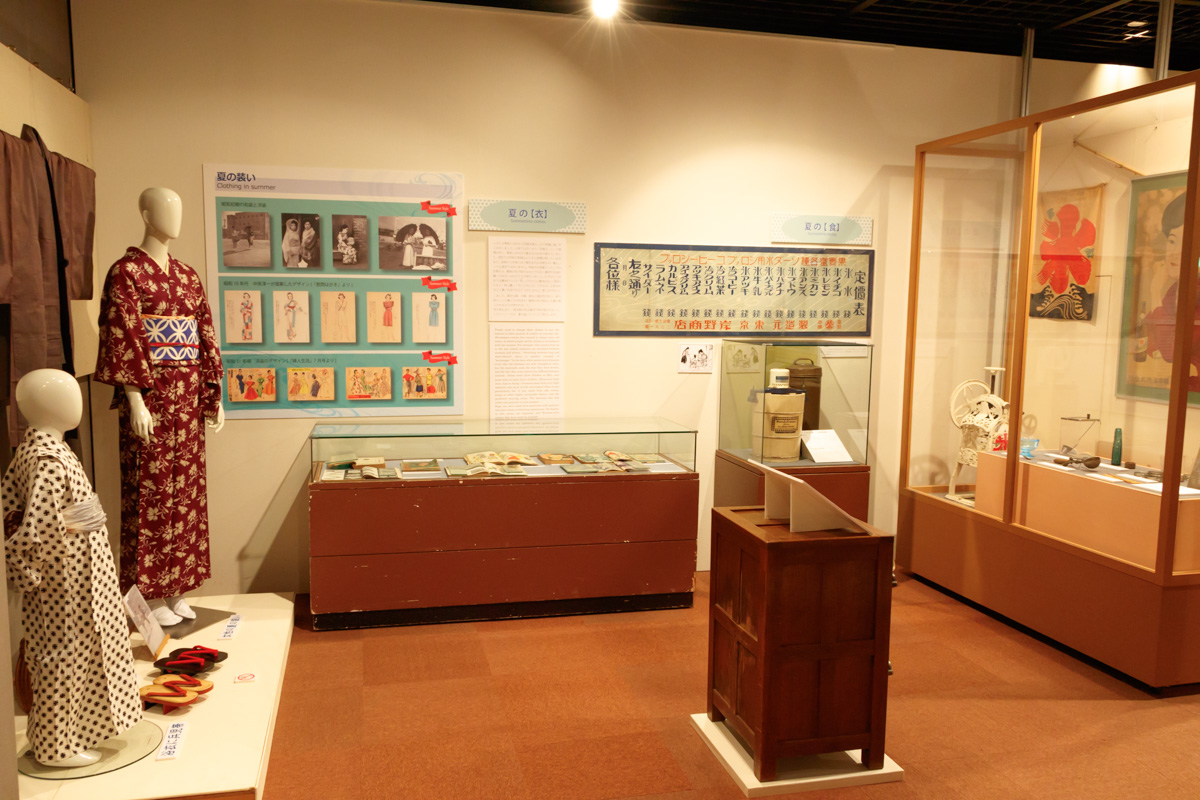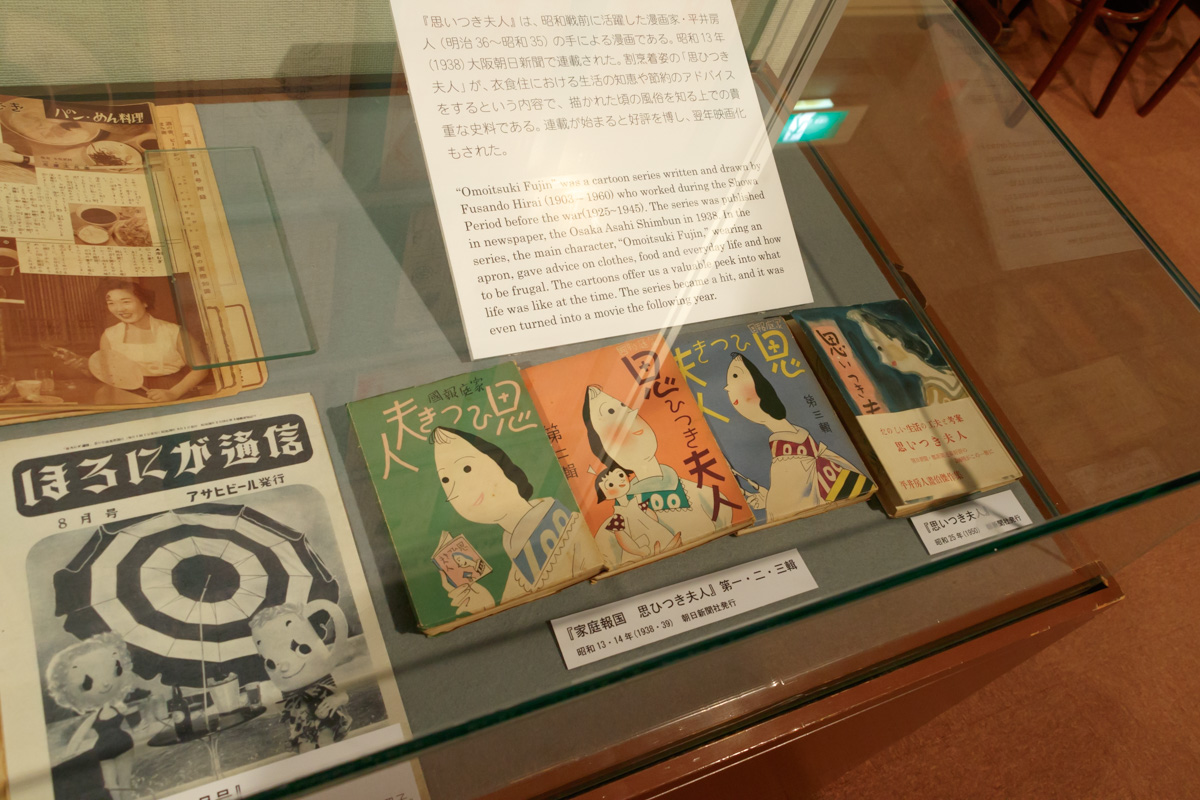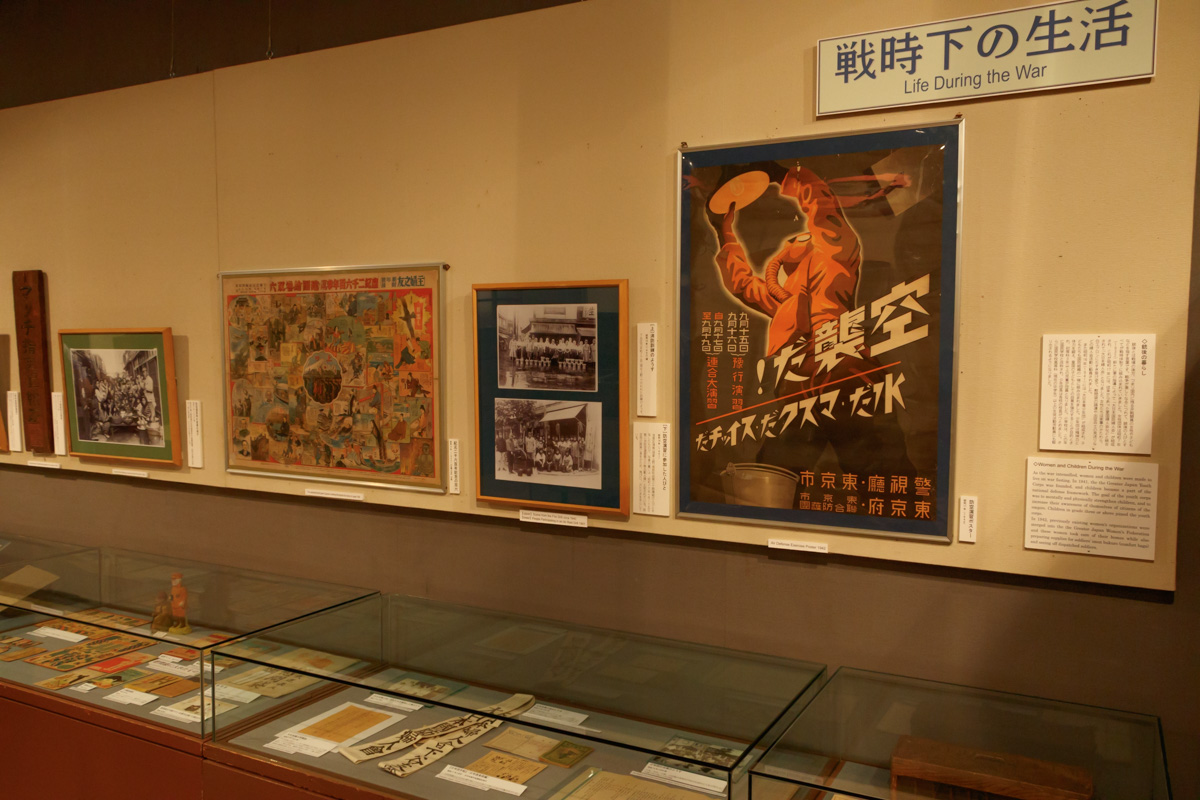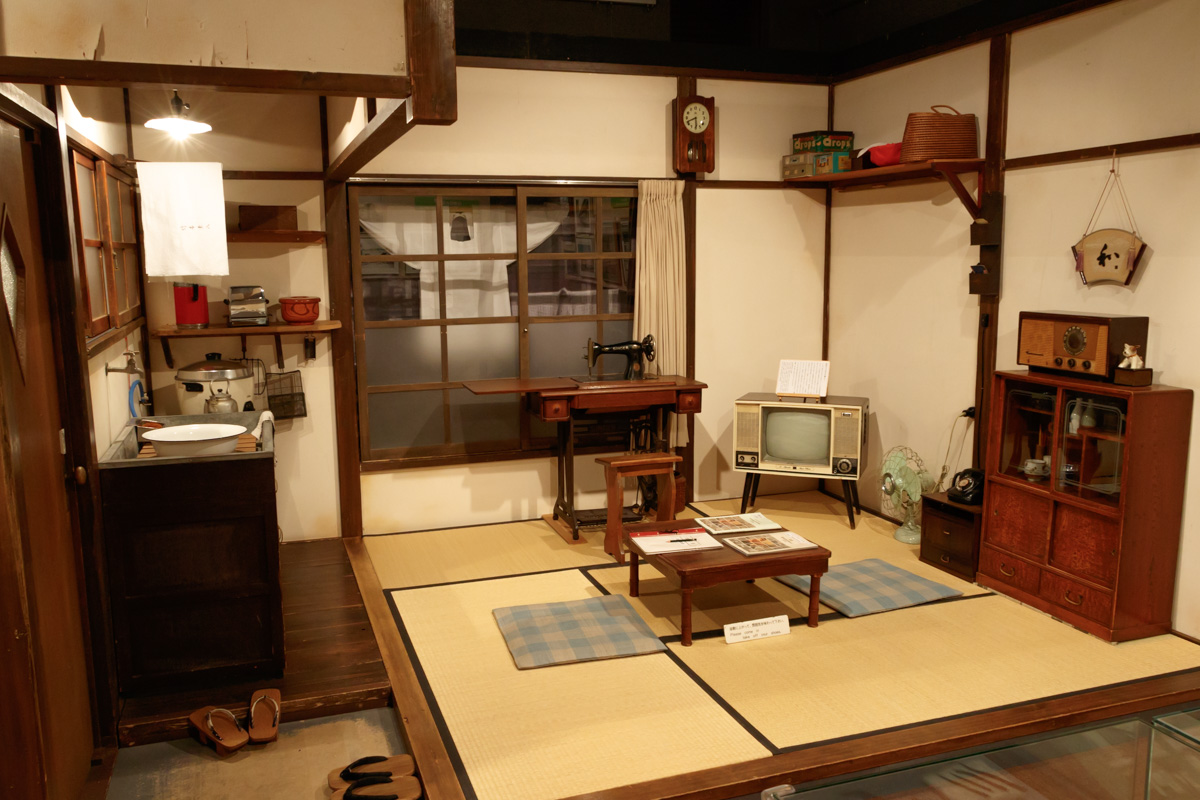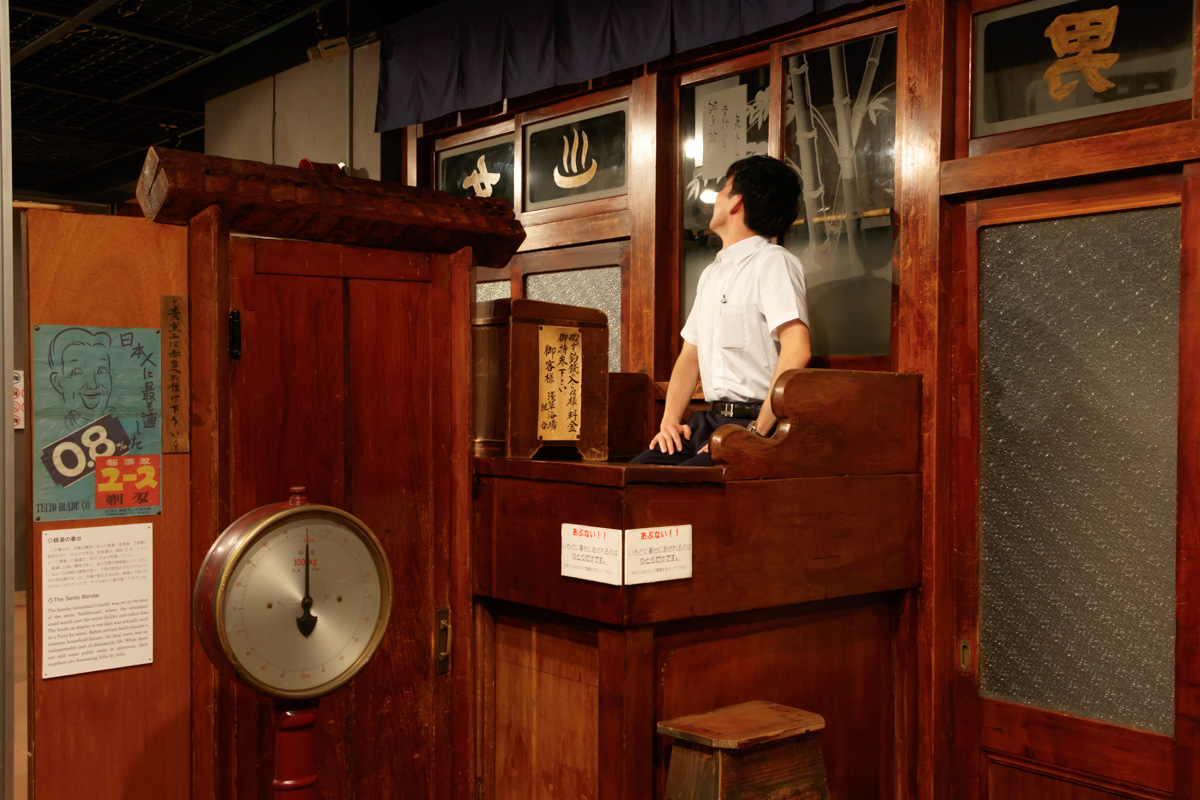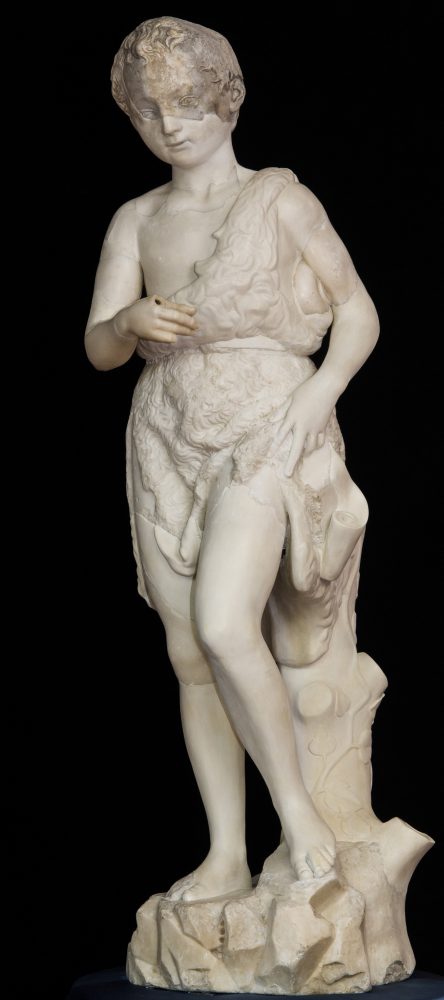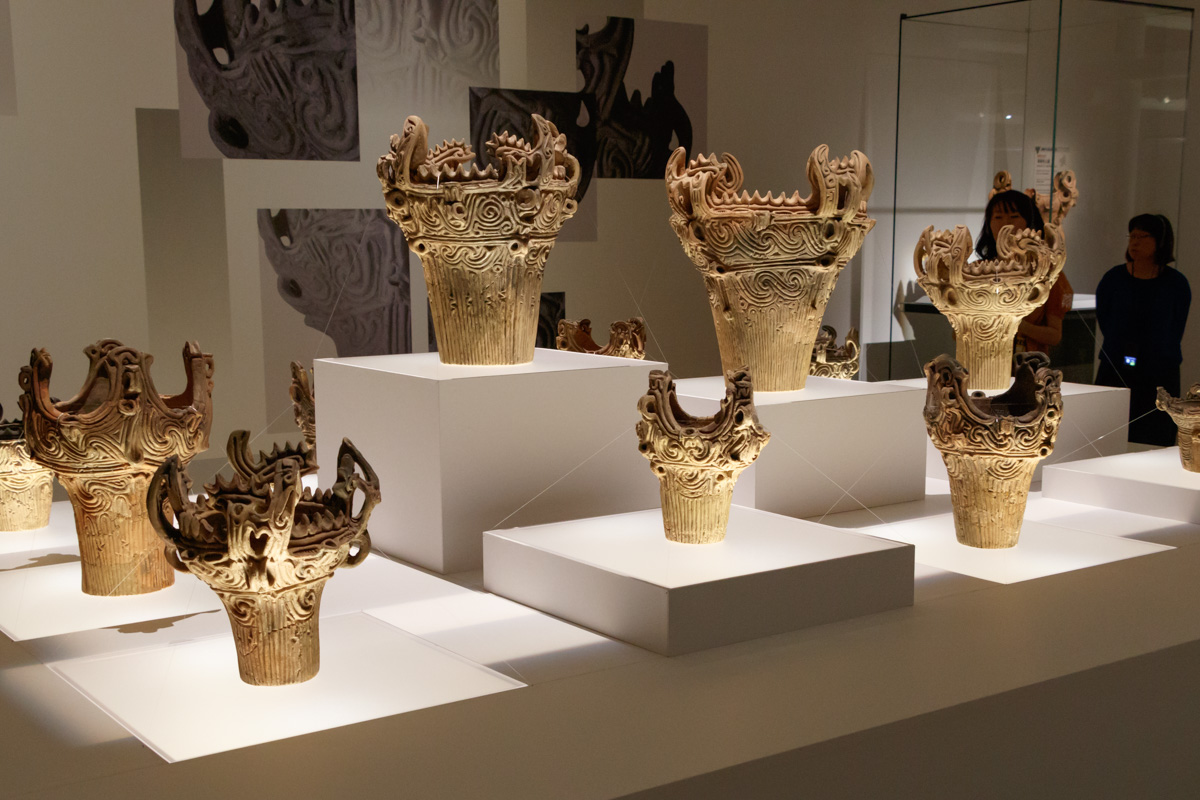Tokyo Metropolitan Art Museum
"BENTO Gento Exhibition – Eating / Collecting · Connecting Design" is held at the Tokyo Metropolitan Art Museum from Saturday, July 21, 2018 to October 8 (Monday, congratulation). We participated in the press coverage on July 20th, so we will report on its contents this time!

"The lazy boku" which we normally use is said. What kind of feeling do you always eat?
While talking with friends who always eat buddies together? Or do you imagine the person who made it?
From the parlor bento to the lunch for every day, "lazulth" is deeply rooted in our lives. The lunch boxes that someone made made are "gifts" handed down from people to people and have played an important role since ancient times as a social tool to deepen the connection between people and people.
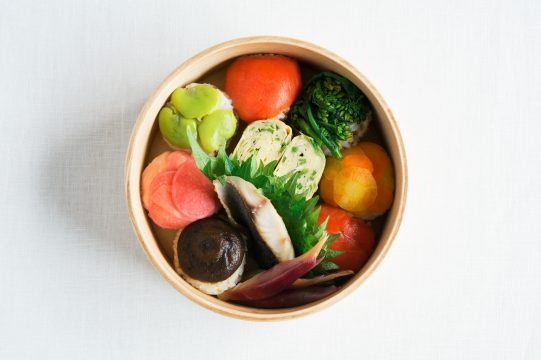
"Person who makes a lazy birthday" stuffs lunch boxes with ingredients considering nutritional balance and overall color and placement. This is something you can not do without thinking about the person who really eats it. There is a story between the person who eats and the person who makes it. In other words, the laptop is also a communication tool for "eating".
This exhibition is an attempt to grasp "Japan's unique culture" "senpa" from the aspect of communication and design. At the venue, unique playful lunch boxes and contemporary artists' participatory works are exhibited, which makes it a space where you can experience the charm of a lumpy body throughout the body and gain a new viewpoint.
"Senpu" which can sing and dance? !
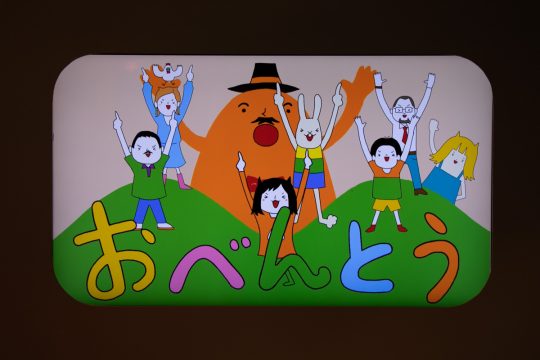
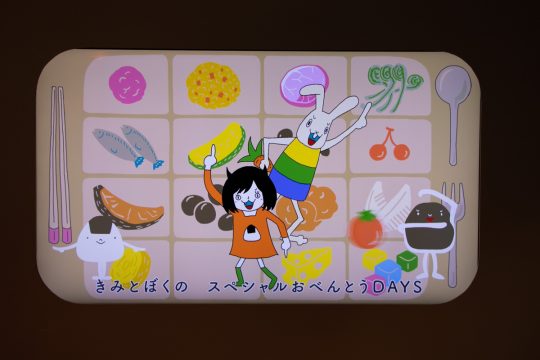
The exhibition starts with a fun new animation work produced by Hiraku Ogura of "Fermentation Designer" <Dinosaur>. Works that make it easy to sing with melancholy patterns of "Yuru" and lyrics, lyrics, choreography, sing and dance to naturally understand dozens of things.
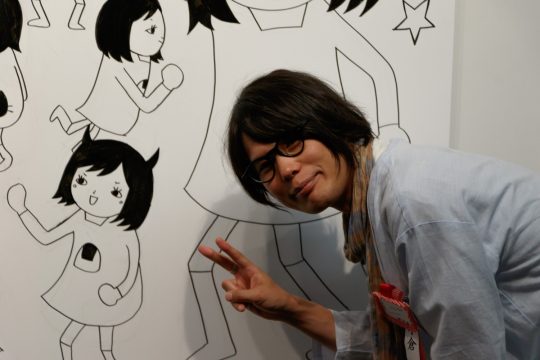
"The feeling that can not be said is the hakushi taste. Let's stick around, as I thought"
<Literally DAYS> is impressive not only for the young characters, but also the scenery of the rich four seasons and the lyrics that seems simple and deeply understandable. Dance, sing. A new "festival experience" in which a movement using the body opens. Please join us at the venue!
Fun communication created by "BENTO"

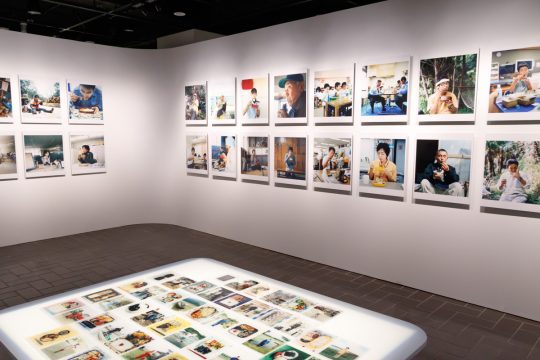
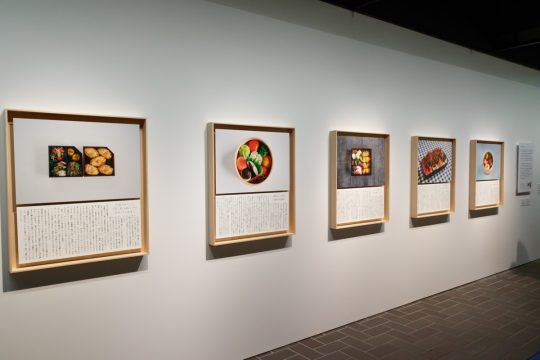
At the underground gallery, a number of artists' works focused on communication produced by Kentaro are exhibited.
In response to a letter from the reader that "I want to make such a box lunch to everyone", Mr. Ayumi Oosu made a box lunch and delivers recipes and lunch to readers, "Ayumi cafeteria's lunch box" actually Displayed photographs taken by Hirano Taro on the boxed lunch produced. In addition, at the corner of the hall, there is also a corner where you decide the theme and your opponent with roulette and try to try Ayumi Shokudo.
The work "Hiruzu" by Mr. Saeki Abe copied the figure that various people eat silent lunch silently. "What kind of person made it?" "How do you feel?" Just watching the photos can inspire imagination.
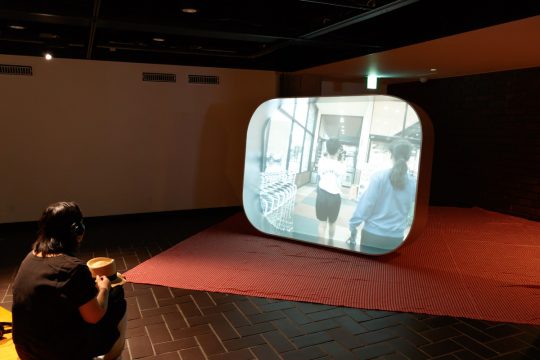

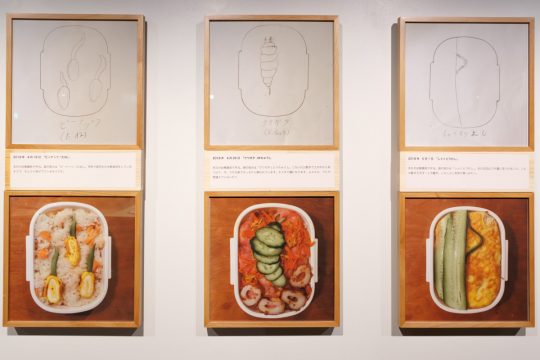

Also introduces exhibits that you can think over about relationships between you and the surrounding world around yourself starting from lunch boxes.
Toru Oyamada 's work is "Oda bento" which the eldest daughter devised a lunch box and draws his daily work that Mr. Oyamada who is his father makes lunch boxes based on the picture. There are also lunch boxes for ideas that I can not think of making very much for adults, and I think it is fun to think that Mr. Oyamada might have faced this "unbeliever" with any feelings.
Mr. Yasuhiro Moriuchi holds a workshop where children will make documentary images of how junior high school students make lunch boxes themselves without borrowing from their parents. The project is displayed as an image work. If you open the lunch box on the table, there is also a unique production that the images of junior high school students who participated in the box flow.
Rediscover "Gensen". Participation experience type "Intangible bento"

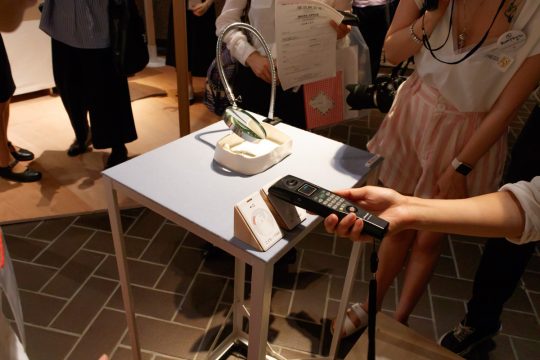
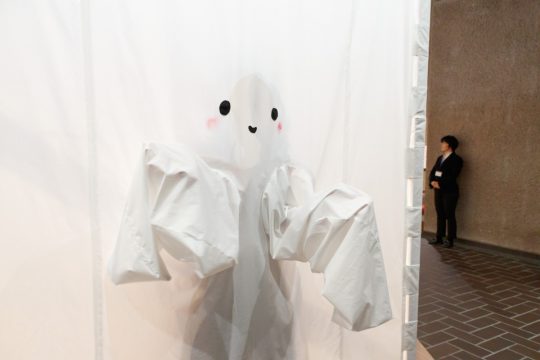

Marije Vogelzang , an "eating designer" that designs to eat. Her exhibition expresses the aspect of "no touching or viewing" aspect of the lunch box as an animated story with "Intangible bento" exhibition, inviting us inside.
It is a space where visitors themselves can think carefully and rediscover their lunches through works that capture our familiarized vegetables from a different viewpoint than usual.
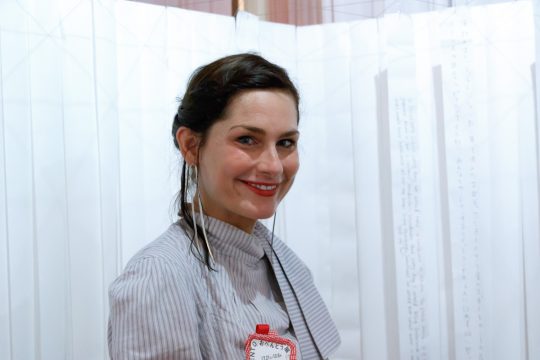
At the venue, you can listen to the voices of the spirits using "spirit phone". What they speak to is a laptop's "future possibility" such as invisible memories and stories with producers, bioplastic lunchboxes and insect foods.
Bento is not only a person who eats from the person who makes it but it may be a gift from you who lives in the future to you in the future.
FRAGMENTS PASSAGE – OSUSOWAKE Alley
OSUSOWAKE means giving someone a part of something you have.
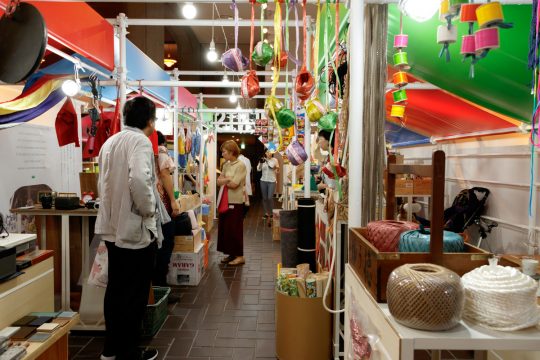
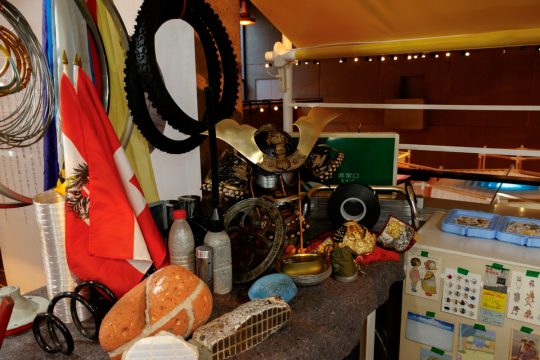
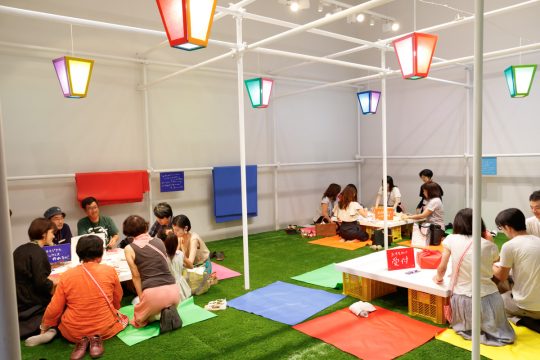
The pleasure of eating someone with a buddy is "dishes exchange." There are many people like that. Mr. Jun Kitazawa paid attention to the element of this "OSUSOWAKE", and built "OSUSOWAKE Yokocho" to think about the feelings and culture in the museum.
In this street reminiscent of the landscape of the traditional market in Southeast Asia, there is a space where you can freely talk about what you brought. Bring something from the house or spread rugs in the plaza. At a corner of the venue, a workshop using 'OSUSOWAKE' gathered at the sideways was also held. There is no air like 'teach' anything to someone there. To the end this is also 'OSUSOWAKE', so everyone was tackled in an atmosphere that was very free and relaxing.
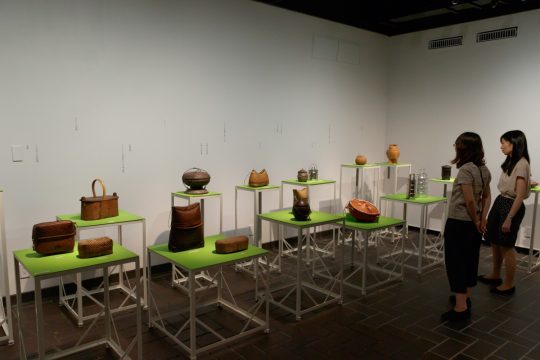
In addition to the luncheon box of a beautiful and unique shape used at the party in the Edo period at the venue, various lunch boxes of the world are introduced. Focusing on ingenuity and design for "eating" in our culture, think about communication between people and people that occurs through the act of "eating lunches".
Also, on August 20, "Kids Day" will be held on Monday of the closed holiday. We can enjoy relaxing with parents and children with enjoyable participation type program, as well as collaboration planning and workshop with Tokyo Metropolitan Symphony Orchestra during the exhibition.
Looking, listening, touching and having fun "BENTO Greetings Exhibition – Eating / Collecting / Connecting Design".
The hall is full of lovely "hospitality" and playfulness.
Why do not you feel the connection with your important person through everyone's favorite meals?
Summary
| Exhibition name | "BENTO Greetings Exhibition – Eating / Collecting / Connecting Design" |
| Term | Saturday, July 21, 2018 – October 8 (Monday, congratulation) From 9: 30 to 17: 30 (entrance is until 30 minutes before closing) * Friday, July 27, Friday, August 3, Friday, Friday, Friday, Friday, Friday, Friday, Thursday, Friday, Thursday, Friday, Thursday, Friday, until 21:00 |
| Closed days | Monday, September 18 (Tue), 25 (Tue) * However, August 13 (Monday), September 17 (Monday · Holiday), 24 (Monday · Holiday), October 1 (Mon ), Opening on 8th (Monday · public holiday) |
| Venue | Tokyo Metropolitan Art Museum Gallery A · B · C |
| Admission fee | General 800 yen / college student / vocational school student 400 yen / over 65 years old 500 yen Group (more than 20 people) 600 yen / Visitors who are under high school students will be admitted free. ※Disabled persons (along with the one assistant) will be admitted for free upon presenting the Disabled Person’s Booklet or an equivalent form of government issued ID. ※ On October 1 (Monday), "anyone's day" free, anyone is free |
| Official site | https://www.tobikan.jp/en/exhibition/2018_obento.html |
Information provided: Kokosil Ueno
https://home.ueno.kokosil.net/en/

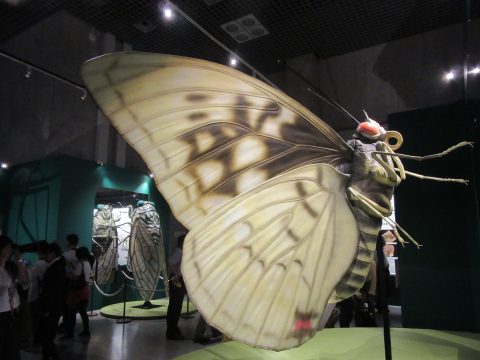

 ]
]















